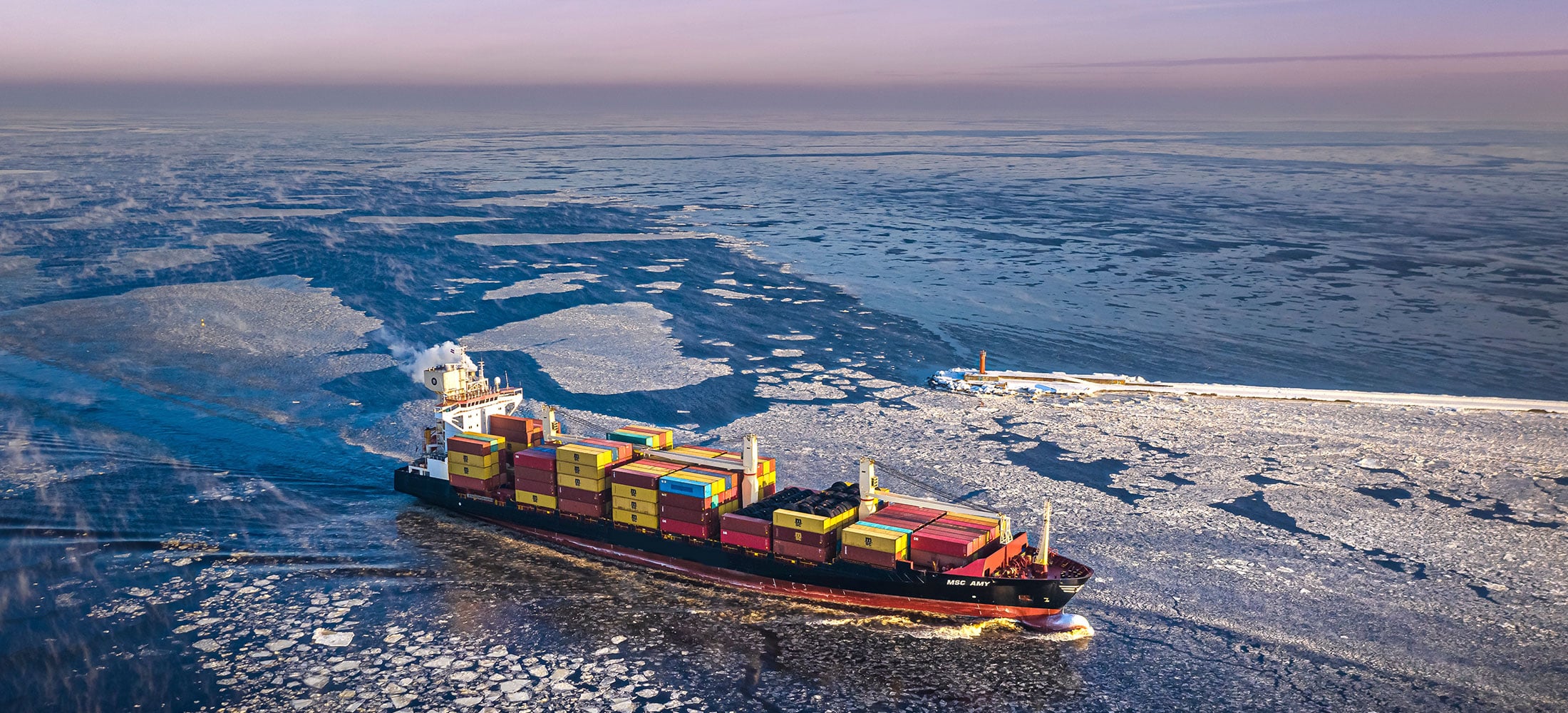Ocean freight remains the backbone of international trade, moving around 80% of global goods by volume. It is reliable, scalable, and often the most cost-effective way to transport cargo across long distances.
Yet despite its advantages, it is also an area where small mistakes can lead to big problems. Delays, fines, damaged goods, or spiralling costs often come down to errors that could have been avoided with better preparation.
In this article, we explore some of the most common mistakes shippers make when arranging ocean freight and how to avoid them.
1. Underestimating Lead Times
Sea freight is not a fast process. Schedules can be impacted by port congestion, weather events, vessel delays, or simply the distance involved. A common mistake is booking too late, assuming containers can always be found at short notice. This often results in missed deadlines and frustrated customers.
The solution is forward planning. Building extra time into logistics schedules creates flexibility and reduces the risk of disruption. Partnering with a forwarder that offers reliable Ocean Freight services also ensures capacity can be secured in advance.
2. Poor Packing and Inadequate Protection
Even if cargo is placed inside a container, it still faces movement, vibration, and changes in climate. Poorly packed goods are far more likely to shift, break, or become exposed to moisture. Incorrect packaging is also a common reason for disputes with insurers.
Using professional packing services helps safeguard goods against long transit times and multiple handling points. Proper cushioning, waterproof liners, and correct weight distribution all reduce the risk of costly damage.
3. Choosing the Wrong Container
Not every shipment is suited to a standard container. Temperature-sensitive cargo requires refrigerated units, while oversized or awkward goods may need flat racks or open-tops. Using the wrong equipment increases the risk of delays, damage, or even rejection at port.
Working with an experienced forwarder ensures the right container is selected, balancing cost, safety, and compliance.
4. Incomplete or Incorrect Documentation
Customs clearance is a major source of delay in international shipping, and paperwork is usually the reason. Missing, inaccurate, or inconsistent information on bills of lading, commercial invoices, or packing lists can hold up cargo for days.
Shippers should always double-check documents and consider using a forwarder that offers Customs Clearance support to keep shipments compliant and moving smoothly.
5. Ignoring Incoterms
Incoterms define who is responsible for transport, risk, and costs at each stage of a shipment. Misunderstanding them can create disputes or leave businesses exposed to unexpected liabilities. For example, assuming that insurance or port charges are covered by the other party is a common pitfall.
Agreeing Incoterms clearly in contracts prevents confusion and protects against hidden costs.
6. Skipping Insurance
Many assume their cargo is automatically insured, but this is rarely the case. Carrier liability is limited and based on weight, not value which can leave businesses badly out of pocket if high-value goods are lost or damaged.
Investing in Cargo Insurance ensures shipments are protected for their true value, providing peace of mind and financial security.
7. Overlooking Customs Requirements
Each destination has its own import rules. From phytosanitary regulations on wooden packaging to restrictions on certain product categories, overlooking local requirements can lead to delays, fines, or rejected shipments.
Working with a knowledgeable forwarder helps ensure compliance before goods even leave the warehouse.
8. Not Consolidating Smaller Loads
Shipping less-than-container loads (LCL) is often more efficient than paying for unused space. Yet many businesses overlook this option, paying unnecessarily high rates for under-filled containers. Consolidation allows multiple shipments to share space and costs.
A forwarder can identify when LCL services make more sense, reducing waste and improving efficiency.
9. Failing to Track Cargo
Modern supply chains demand visibility, yet many shippers fail to make use of available tracking tools. Without updates, businesses are left in the dark when delays occur, making it harder to keep customers informed.
Choosing a forwarder that offers real-time shipment updates ensures businesses remain in control and able to respond quickly.
10. Prioritising Price Over Service
Low rates can be tempting, but the cheapest option often comes at a cost. Limited support, poor communication, or unreliable service may lead to delays that are more expensive than the initial savings.
Selecting a forwarder based on service quality and expertise, not just price, delivers more consistent results and stronger supply chain resilience.
Looking Ahead:
Ocean freight is complex, but many of its risks can be managed with preparation, expertise, and the right partnerships. Avoiding these common mistakes not only saves money but also builds stronger, more reliable supply chains.
At Oceanside Logistics, we work with businesses to provide dependable, transparent, and efficient Ocean Freight solutions tailored to their needs. If you would like to discuss this further please contact us to arrange a consultation with one of our experts.








